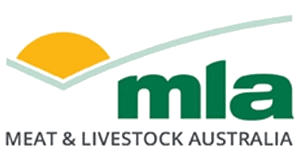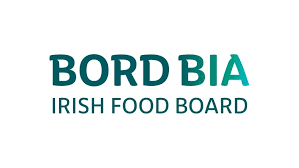UK Signs Trade Deal with India
UK-India Trade Deal Secures £6 Billion Boost and Thousands of British Jobs
23 July 2025 – Seaford, East Sussex
Prime Minister Keir Starmer has signed a historic free trade agreement with India, unlocking nearly £6 billion in new investment and export wins. The deal is expected to create over 2,200 jobs across the UK and deliver a long-term economic uplift of £4.8 billion to the nation’s GDP annually.
The agreement, hailed as the most comprehensive trade deal India has ever signed, slashes tariffs on 90% of UK exports to India. Key sectors set to benefit include aerospace, advanced manufacturing, clean energy, and financial services. Tariffs on iconic British exports such as whisky will be halved immediately—from 150% to 75%—and reduced further to 40% over the next decade.
“This is a major win for Britain,” said Prime Minister Starmer. “It will create thousands of jobs, unlock new opportunities for businesses, and drive growth in every corner of the country. We’re putting more money in the pockets of hardworking Brits and helping families with the cost of living.”
Key Highlights:
- £6 billion in new investment and export wins, including £5 billion in contracts for Airbus and Rolls-Royce to supply aircraft and engines to Indian airlines.
- Tariff reductions on UK exports such as cosmetics, medical devices, soft drinks, and lamb.
- Enhanced access for UK services and financial firms, including binding commitments on India’s insurance sector and recognition of professional qualifications.
- Unprecedented access to India’s £38 billion public procurement market.
- Support for SMEs, including streamlined customs procedures and digital trade facilitation.
The deal also strengthens bilateral cooperation on defence, education, climate, and technology. It builds on the UK-India Technology Security Initiative launched in 2024 and includes new frameworks to tackle organised crime, document fraud, and illegal migration.
For the UK’s manufacturing and export-driven businesses—including those in the meat and agri-food sectors—the deal opens the door to one of the world’s fastest-growing consumer markets. India’s middle class is projected to reach 250 million by 2050, with import demand expected to grow by 144% between 2021 and 2035.
As the UK continues to redefine its global trade relationships post-Brexit, this agreement marks a significant step forward in securing long-term economic resilience and global competitiveness.


